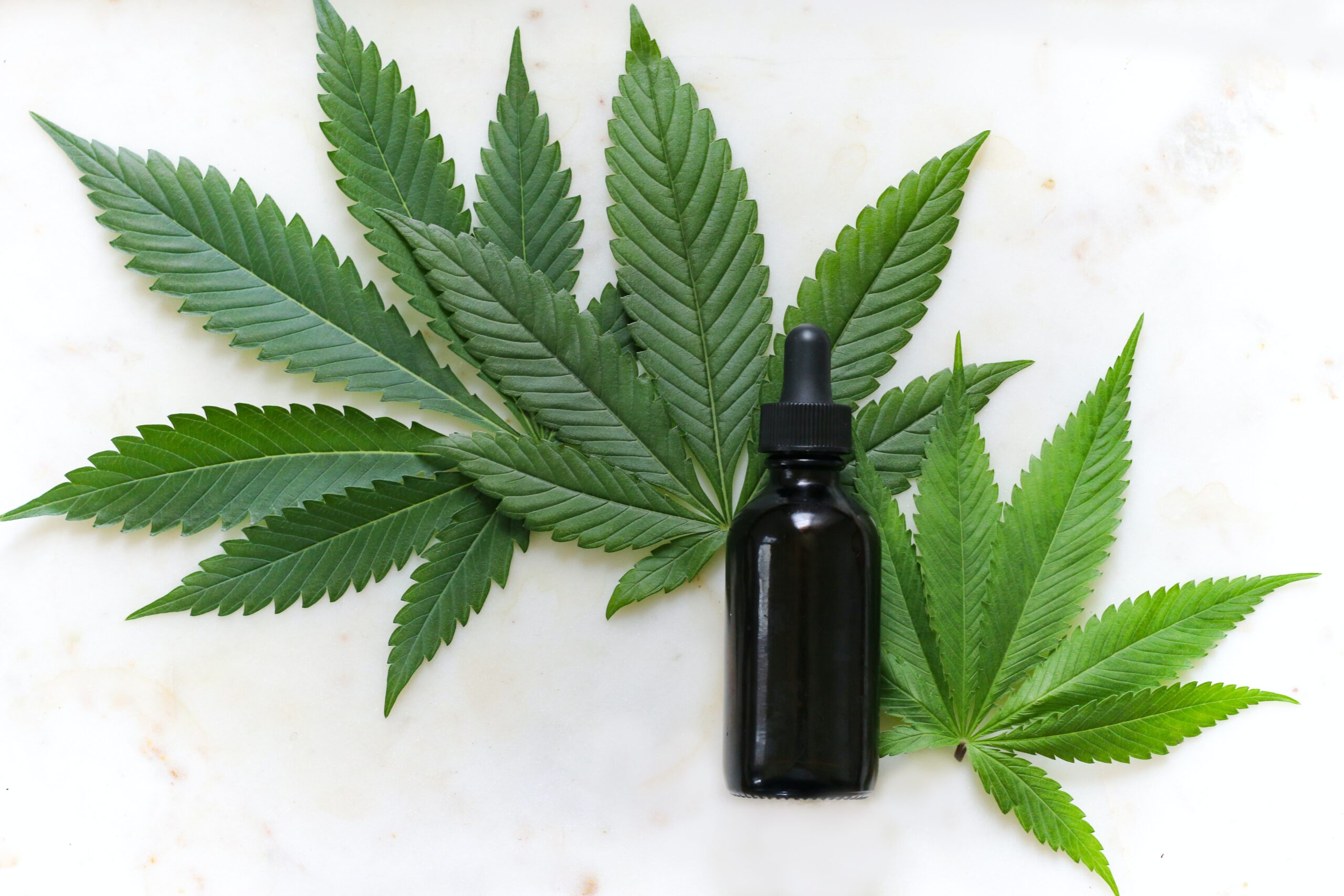Congress is legalizing industrial hemp for a myriad of different uses, which, importantly, includes cultivation of plants for CBD oil extraction. While this will certainly be cause for celebration, it’s important to have a conversation about the effect (and after-effect) this will have on users – and an understanding of best practices for using oils day-to-day.
The best products will be made from unfertilized female flower tops of high-resin CBD-rich cannabis. This is what is sometimes, and especially in pop culture, known as marijuana, and, ultimately, is best for medicinal oil extraction – more so than low-resin fiber hemp or industrial hemp that is grown specifically for seed oils and/or protein.
The most fruitful source for cannabidiol, at this time, is high-resin CBD-rich cannabis contains just over 0.3% THC. This, then, is technically not industrial hemp: In 2014, the Farm Bill officially defined hemp as cannabis with no more than 0.3% THC in any part of the plant, and if the THC level tops 0.3%, federally law mandates it be classified as marijuana.
But the debate over sourcing CBD from marijuana rather than hemp will soon lose its relevance anyway. Plant breeders are now focusing on high-resin cannabis varietals designed to meet the Farm Bill’s standards for industrial hemp. These are plants that have CBD levels well above 10% (by weight), and THC that still comes in at less than 0.3% by the same weight. And, when these plants are grown, extracted, and processed well, they are the best option for producing CBD-rich oil concentrates.
Access and Use of Hemp-Based CBD Oil
While there are still many Americans who don’t live in a state or country with existing, or well-established, medical cannabis or adult use programs, CBD products can currently be found online. And, as the industry continues to grow, and as the federal government moves closer to legalization, street-level access will soon become more common as well.
But finding it isn’t the (only) issue; in fact, that’s just the beginning: Choosing from the many unregulated CBD brands can be a daunting proposition.
First off, many hemp-derived CBD products are mislabeled: A recent study from the Journal of the American Medical Association reported that nearly 70% of the 85 products they surveyed did not have the correct CBD and/or THC amounts listed on the label.
In addition, some overly processed hemp-derived CBD products have been found to be contaminated with solvent residues, artificial flavors and colors, additives like corn syrup, etc.
There is no need to despair, however: High-quality CBD-rich products can also be found. And there are ways to know which products are deserving of your dollars.
Tips and Tricks
- States that have legalized cannabis tend to have stricter rules for production, so buying CBD products developed by companies based in states like Colorado, Oregon, Washington, California, etc. will generally be better, and better for you – or, at least, made with fewer chemicals or additives, with much more transparency on product labels. In general, stay away from any CBD hemp oil products with thinning agents, like propylene glycol and ethylene glycol, any of the aforementioned flavor additives, or any other toxins. This goes for any of the gummies or edibles as well – these are often supplemented or enhanced with fake colors and added flavors.
- Also – when looking at product labels, check for the amount of CBD and THC specifically they offer per serving. Focusing only on the total cannabinoid content in the bottle will not give you all the information you want/need.
- Never trust a company that makes unequivocal and explicit health claims about their CBD products. This is prohibited by the FDA.
- Look for CBD-rich products made from high-resin cannabis that is grown in sustainable and organic practices. Choose what are called “full spectrum” CBD-rich extracts, not the isolate, distillate products. If it is full spectrum, it will include multiple cannabis compounds, including a small amount of THC – though, of course, 0.3% or less as we discussed earlier so that it can be classified legally as hemp.
Note: For states in which THC is still completely illegal, e.g., Nebraska, Idaho, Kansas, CBD oil products that are called “broad spectrum” are the way to go: They contain other parts of the plant, but no THC at all. Stick with products that are labeled “pure CBD” or “no THC.”
- As there is no CBD in hempseed, and only trace amounts of CBD in plant stalks, be wary of brands claiming to be made from those parts of the plant.
- Don’t be afraid to ask questions! Always feel free to call CBD hemp oil companies and ask whatever you want to know. This is also a good way to establish the brands you trust: If they do not offer an option to get in touch with them, then perhaps they aren’t as trustworthy, or as transparent as you’d like.







